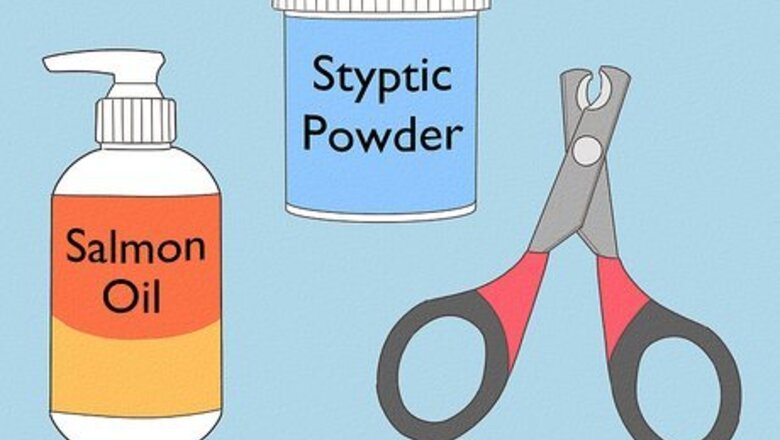
views
Trimming the Nails by Yourself
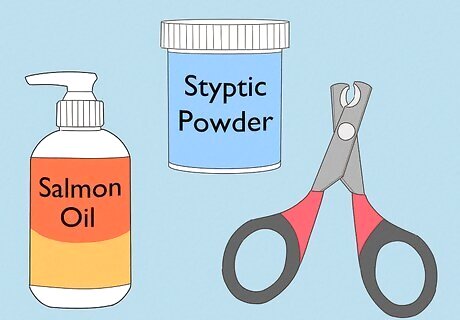
Set out the supplies you need to trim the nails. Since you'll need to be fast when you're clipping the nails, have everything you need in one spot. Get out small animal nail clippers or human nail clippers that you're comfortable using. Have styptic powder nearby to stop any bleeding if you accidentally cut into the nail's blood vessel. You'll also need a treat, such as:Tip: You can find styptic powder at local pet supply shops, pharmacies, or online. Salmon oil Ferretone Linatone
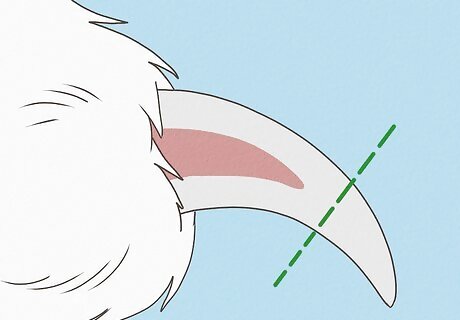
Identify the clear part of the nail. Before you start to trim, look at your ferret's nails. You should see the long clear part of the nail, which you'll be cutting. You'll also see that part of the nail has a thin pink layer underneath it. This is a blood vessel known as the quick and it will be very painful for your ferret if you cut into it.Did You Know? If you cut into the quick, the blood vessel will begin to bleed. This is why you should have styptic powder close by to stop the bleeding.
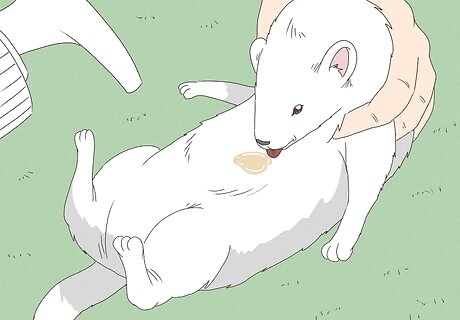
Place the ferret on a towel and spread a treat on its belly. Lay a towel across your lap and set the ferret in it so its back is against you. Its belly should be exposed and facing away from you. While the ferret is in this position, spread a few drops of salmon oil, Ferretone, or Linatone on its lower belly. Since the ferret will immediately begin trying to lick the treat off its belly, be prepared to trim the nails right away.

Use clippers to cut the clear part off of each nail. Working while the ferret is distracted by the treat, cut the clear part of the nail to within ⁄8 inch (3.2 mm) and ⁄16 inch (1.6 mm) of the quick. Repeat this for each nail until you've trimmed them all. If the ferret licks off the treat before you've finished, spread another drop of the treat on its belly and continue trimming.
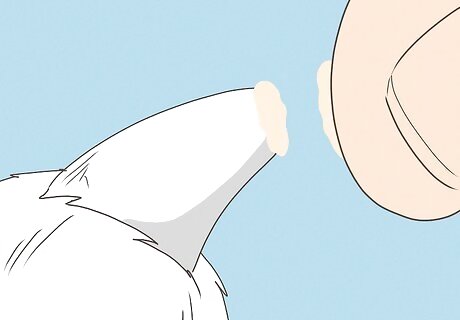
Use the styptic powder to stop any bleeding. If you do accidentally cut into the quick and your ferret begins to bleed, dip the nail into a little styptic powder. The tip of the nail should be coated with the powder so it stops bleeding within a minute. If the nail keeps bleeding, press against the nail with a tissue or the towel. If the nail hasn't stopped bleeding after 10 to 15 minutes, call the veterinarian.
Getting Help to Trim the Nails

Ask the helper to scruff the ferret. Tell the helper to use the thumb and forefingers of one hand to grasp the skin behind the ferret's neck. This is known as the scruff. The helper should bring the loose skin together and lift up so the ferret goes limp. Always scruff the ferret over a soft surface and handle it slowly so it doesn't fall.
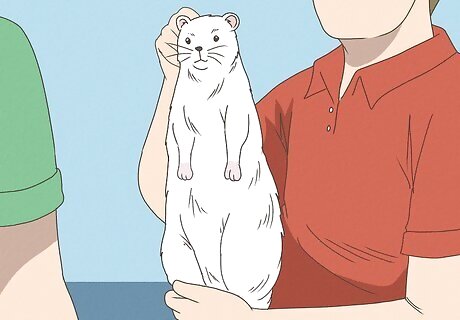
Direct the helper to support the ferret's hind end. Once the helper is holding the ferret by the back of the neck, tell them to place their other hand under the ferret's hind end. This will make the ferret feel secure and prevent it from trying to squirm. You'll probably see your ferret yawn if it's being held by the scruff and supported properly.
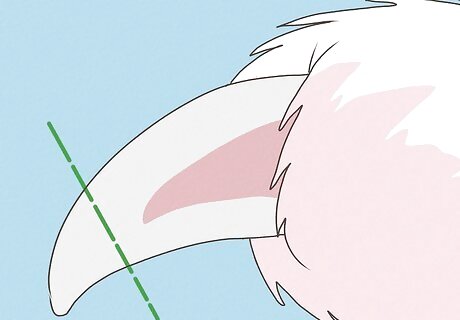
Find the clear and quick parts of the nail. Look at your ferret's nails so you can identify which part of the nail you'll need to cut. You'll see a long clear part which is what you'll need to trim. Then find the part of the nail that has a thin pink layer under it. This is the quick, a blood vessel, that you shouldn't cut into.Did You Know? Your ferret won't feel any pain when you trim the clear part of the nail, but it will feel pain if you cut into the quick.
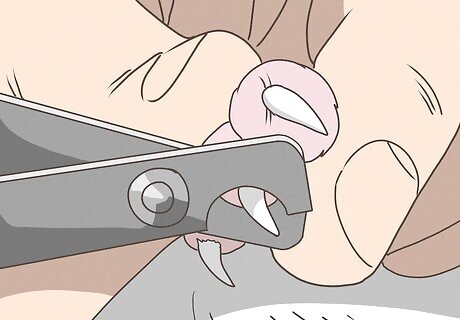
Trim each nail using small animal clippers. Once your helper has secured the ferret and its not squirming, take one of its paws in your non-dominant hand. Hold the clippers in your other hand and trim the clear portion of each nail to within ⁄8 inch (3.2 mm) and ⁄16 inch (1.6 mm) of the quick. Since the ferret is restrained, there's no need to bribe it by rubbing treats on its belly.
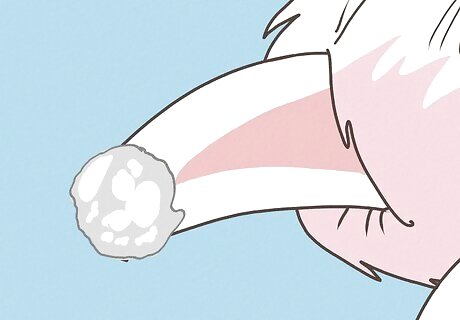
Apply styptic powder to any nails that bleed. Accidents happen and you might find that you've cut into the quick of one of the nails. To stop the bleeding, dip the nail into some styptic powder. If the bleeding doesn't stop after a few minutes, press a tissue against the nail until the bleeding stops. Contact the veterinarian if the nail doesn't stop bleeding after 10 to 15 minutes.

















Comments
0 comment